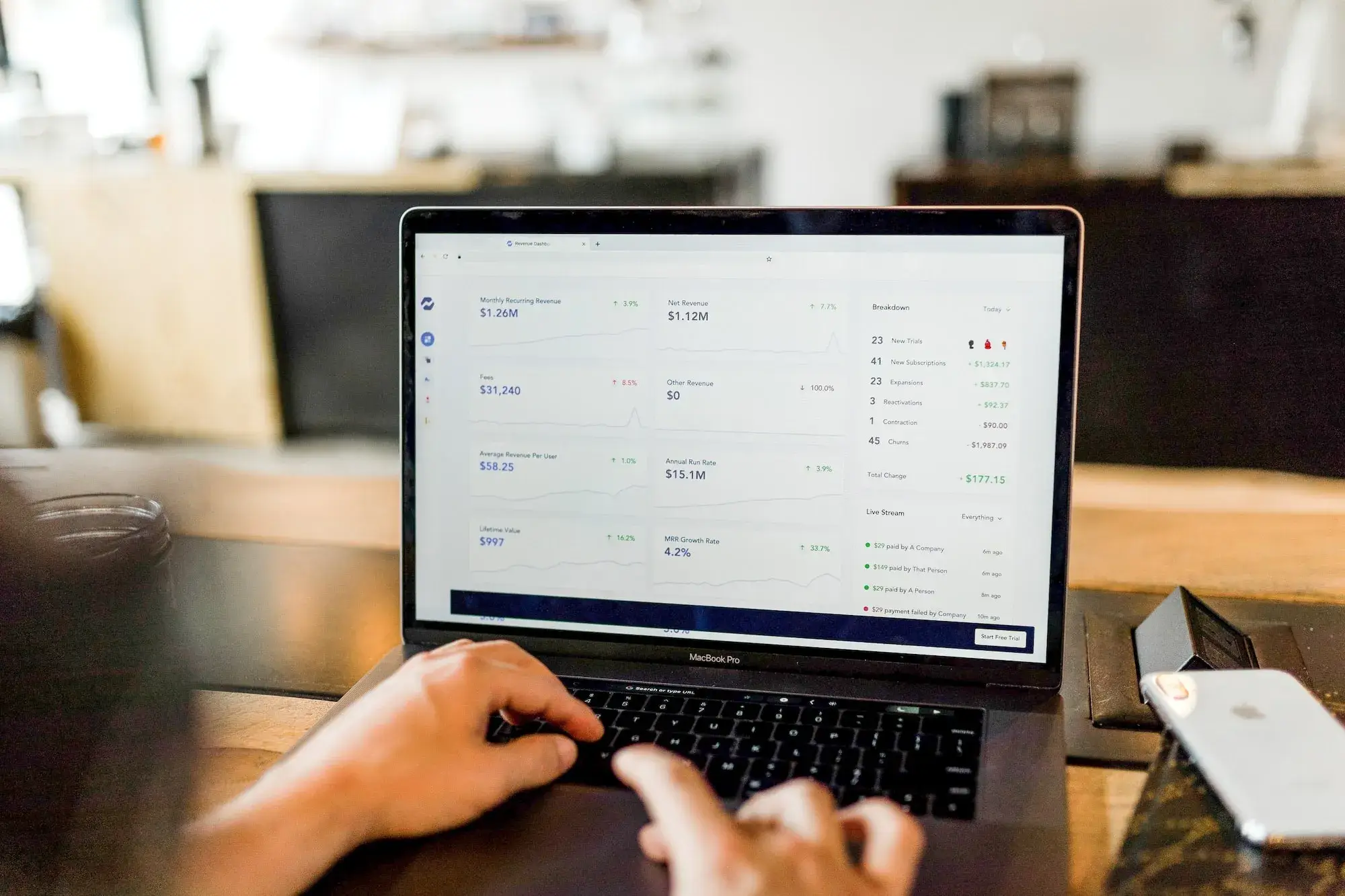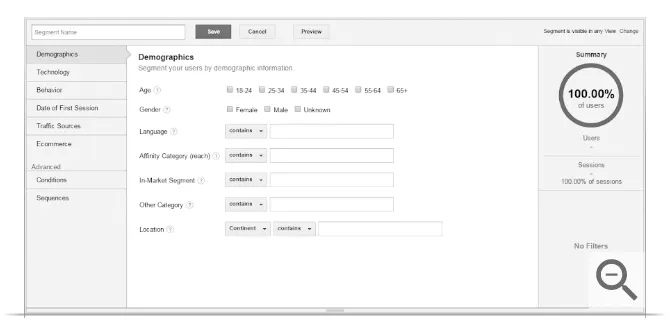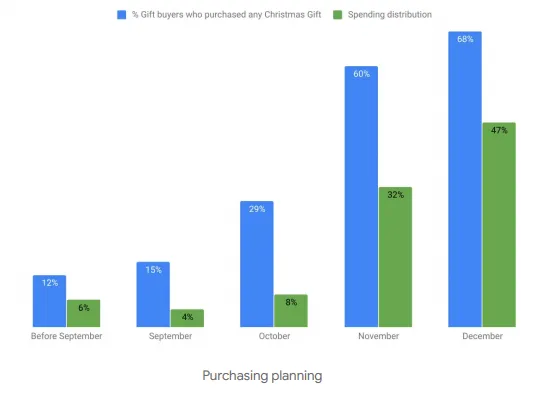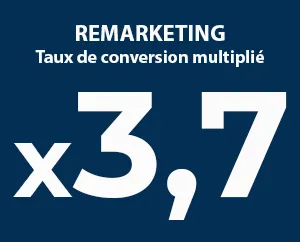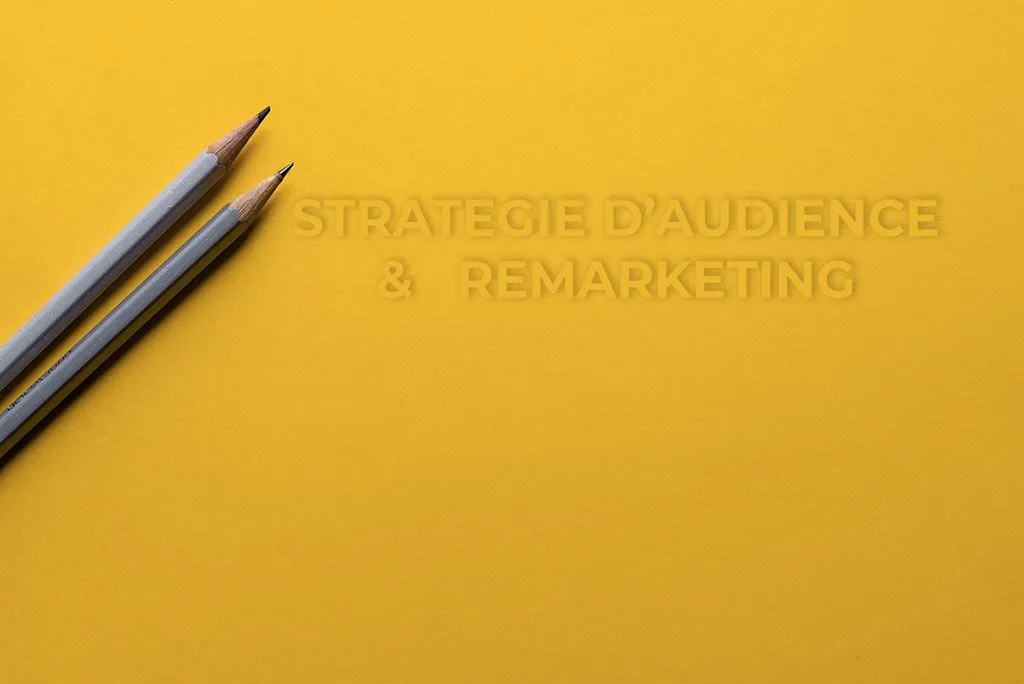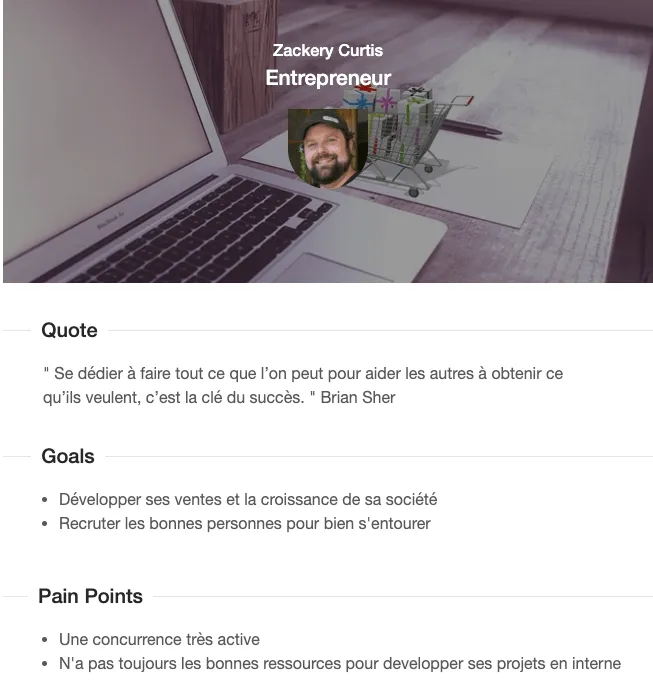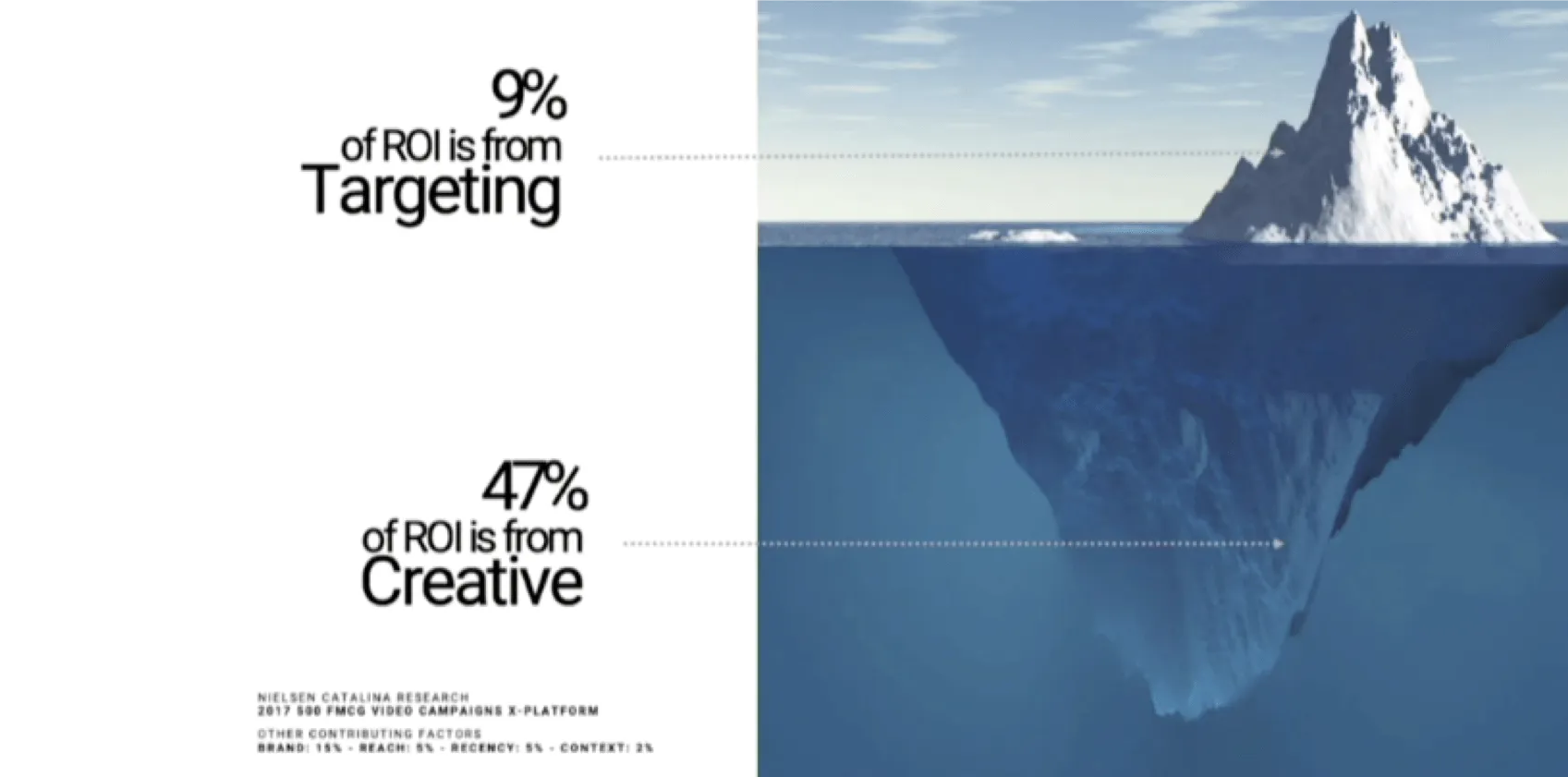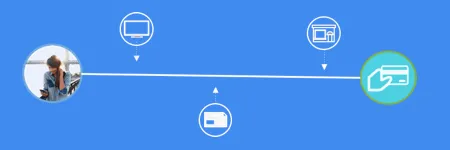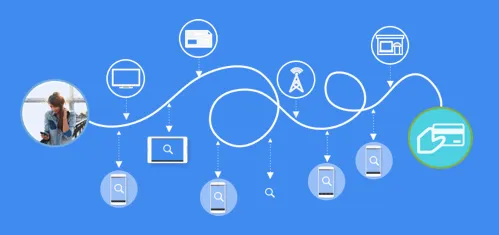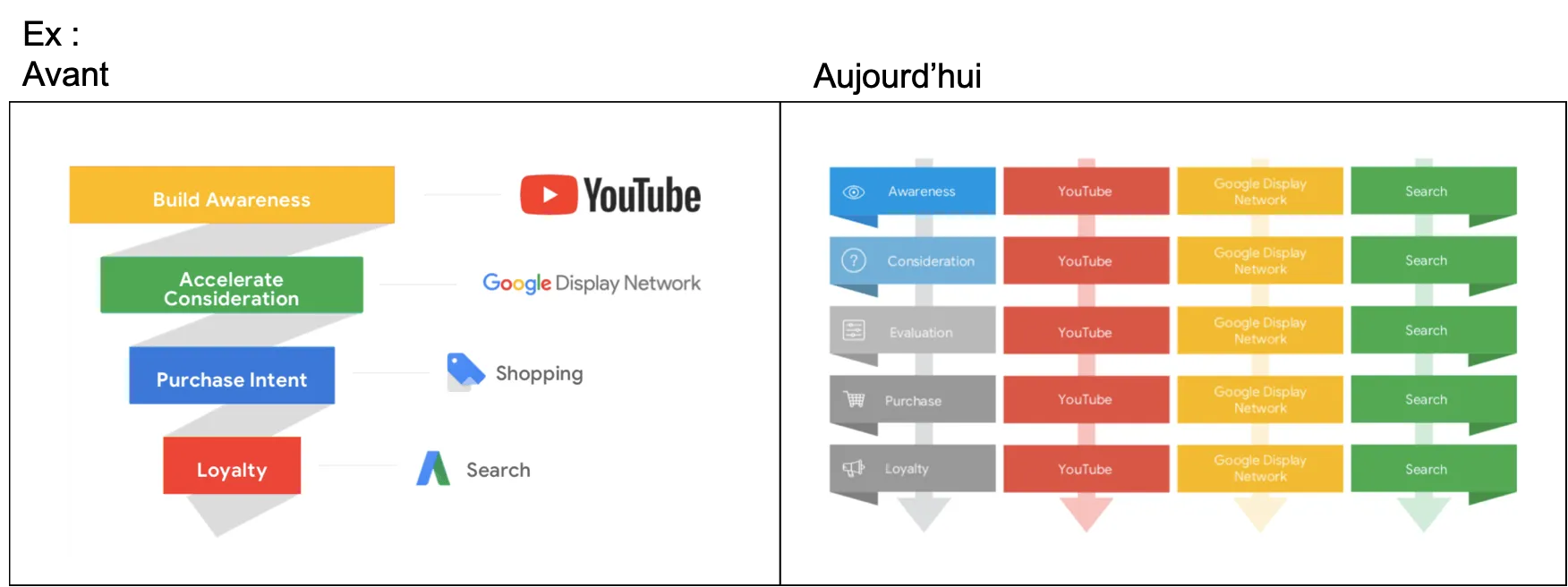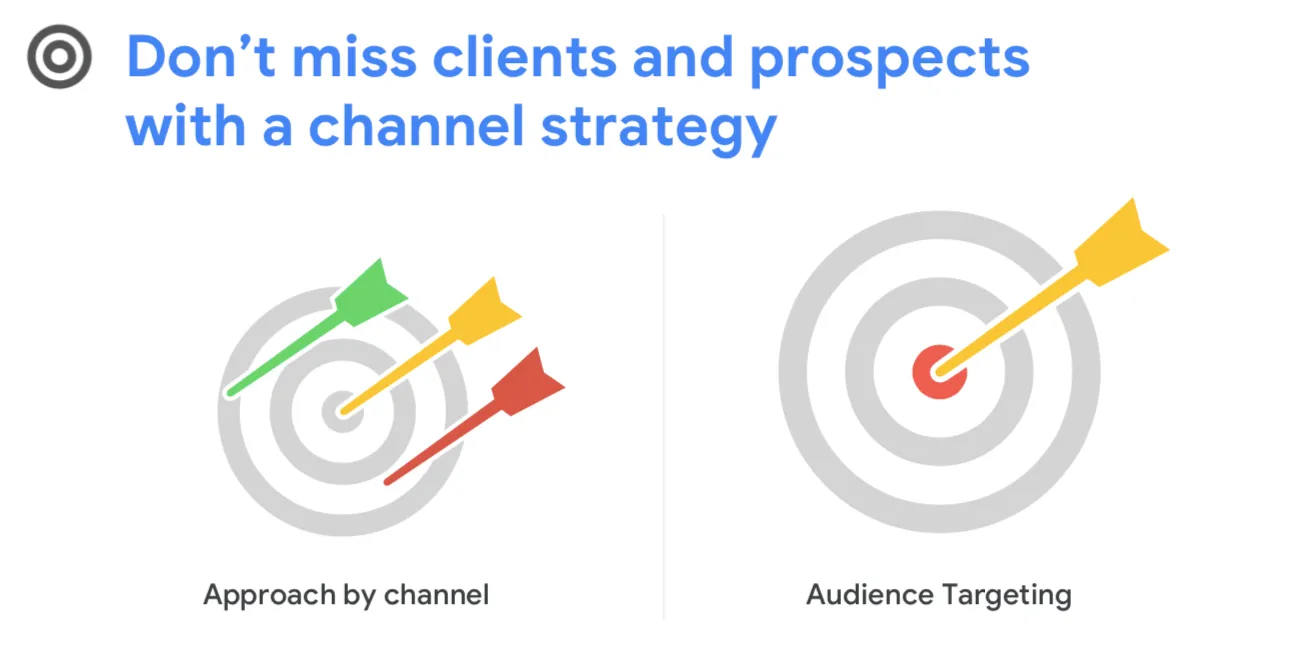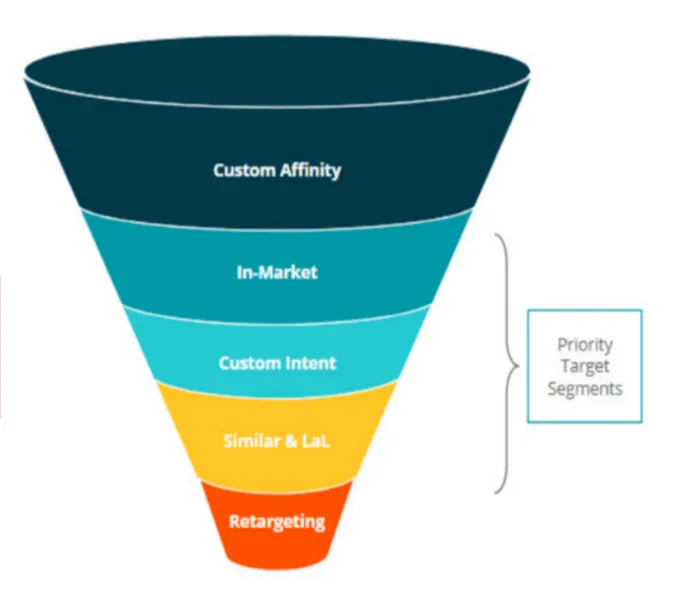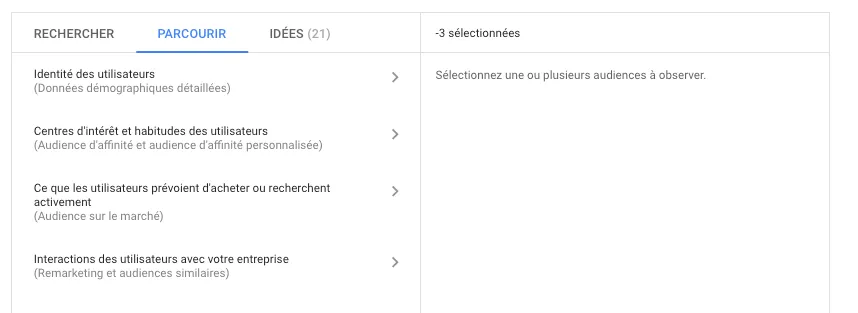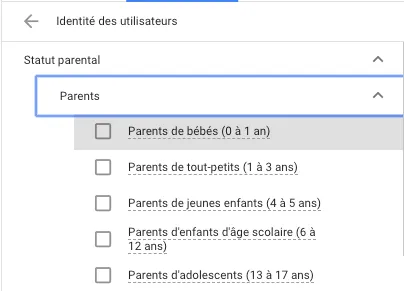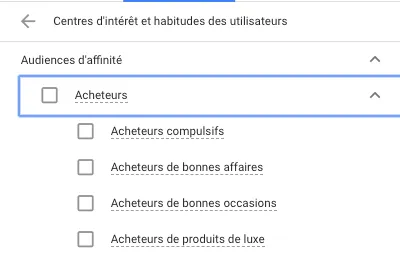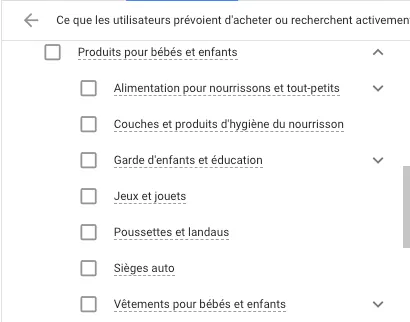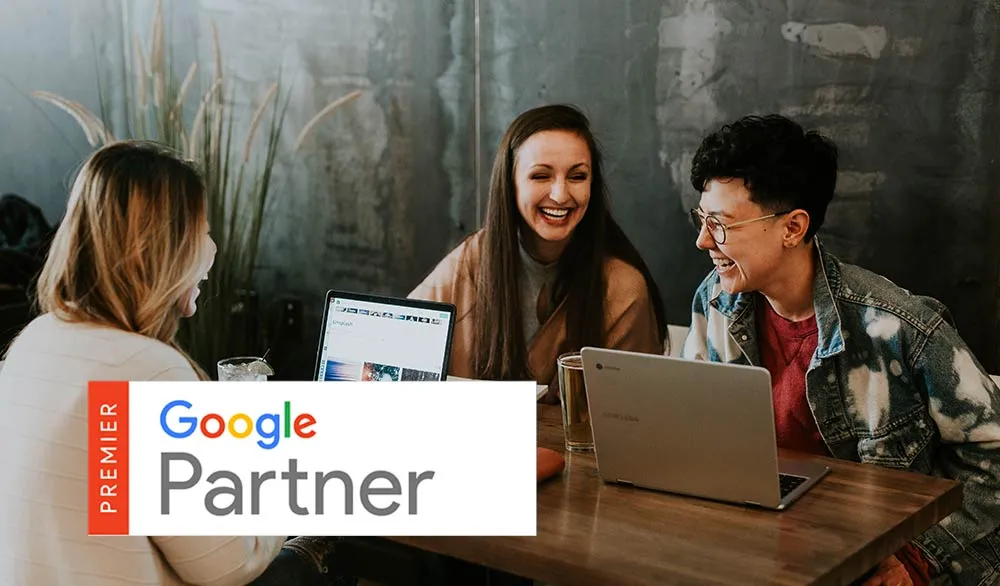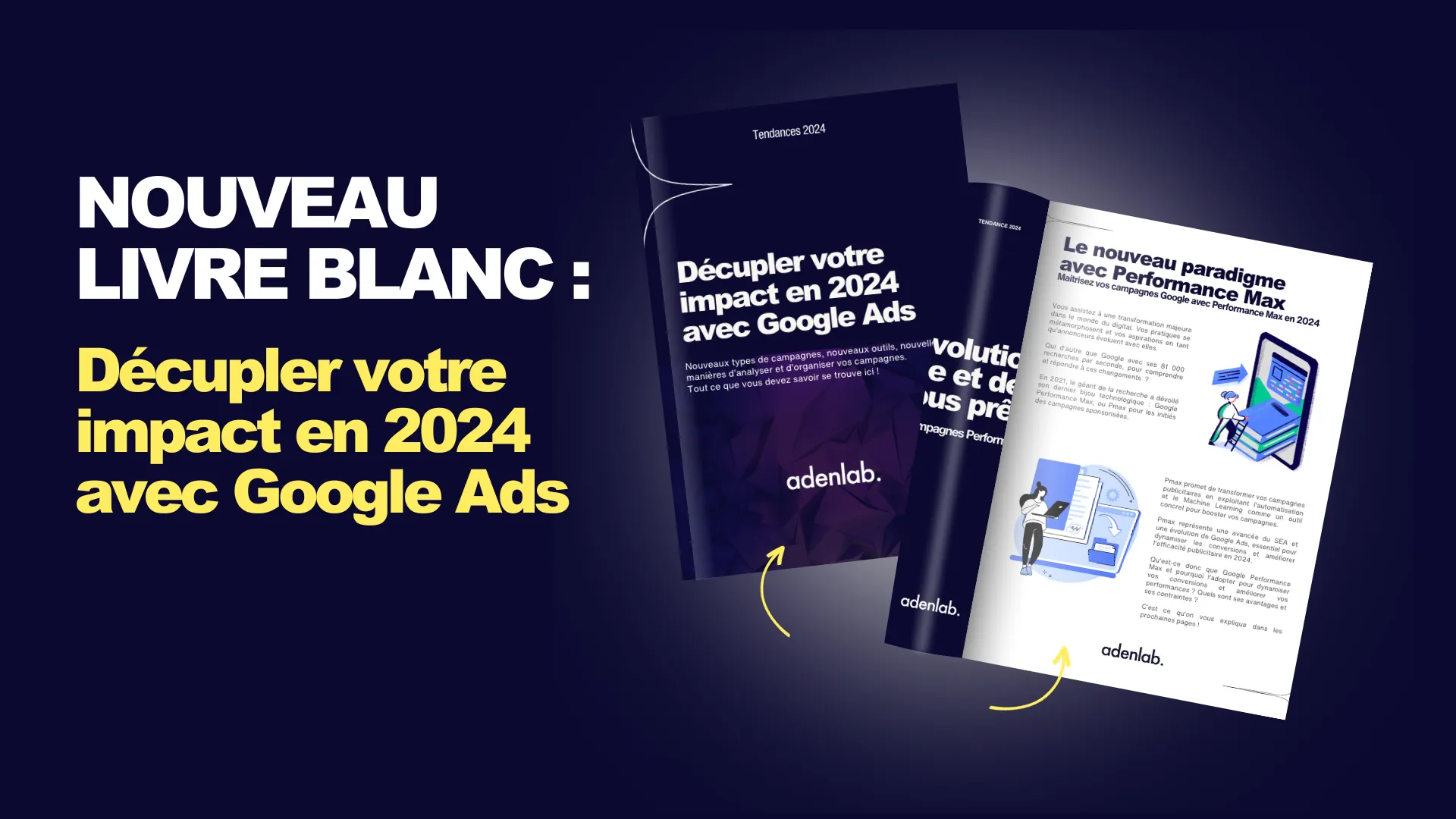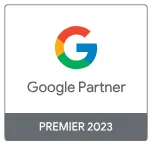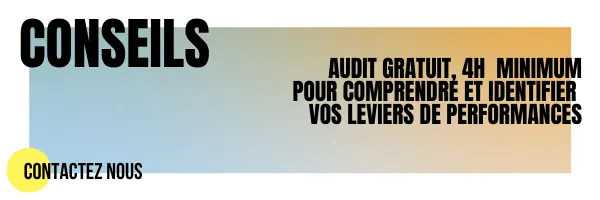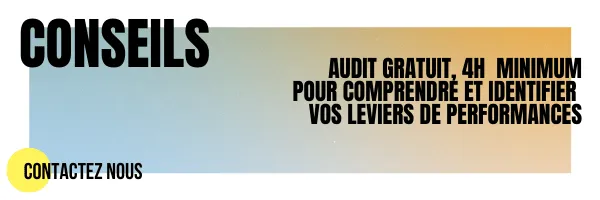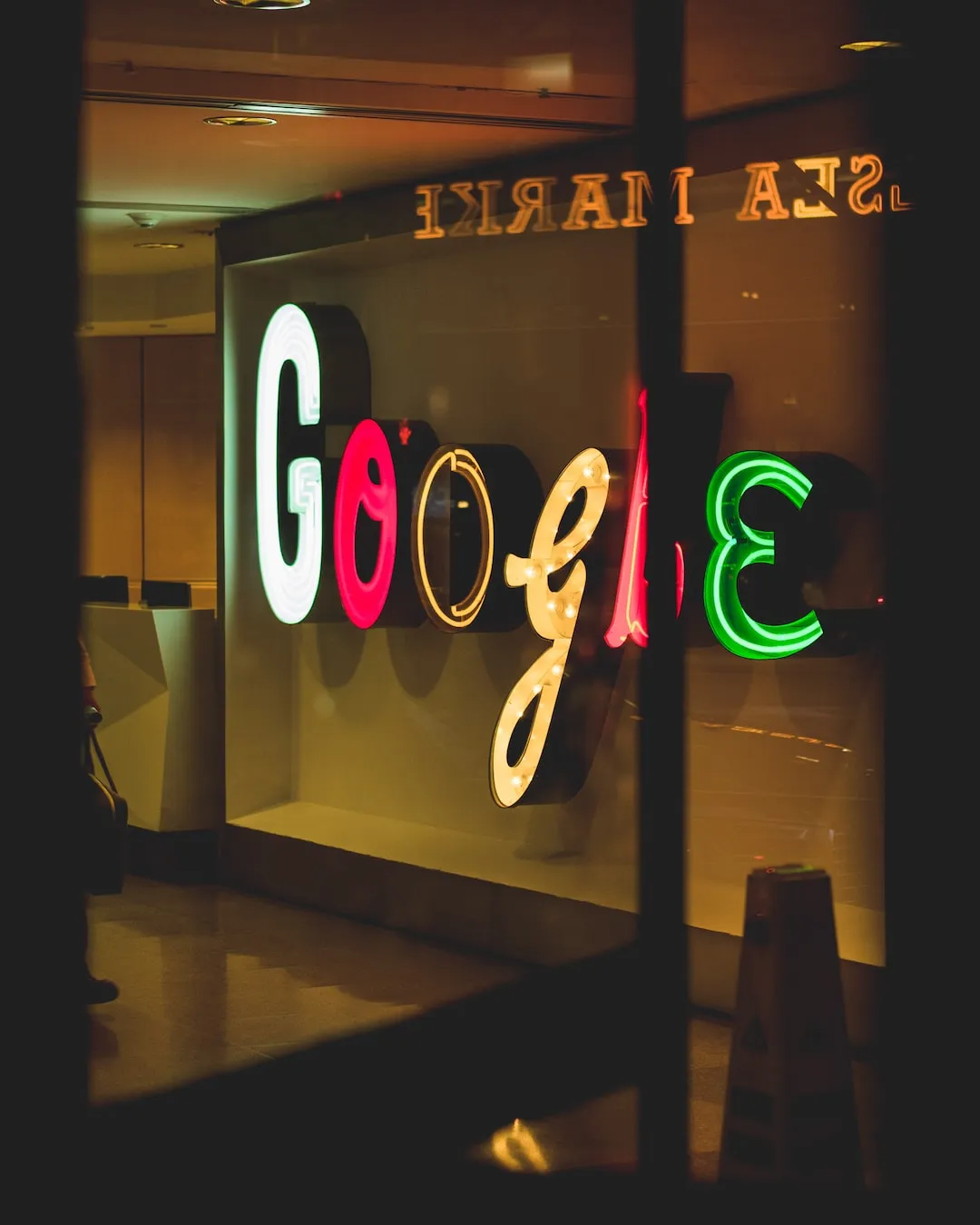Measuring your audience is an essential step in developing your business on the web.
It enables you to take stock of your acquisition strategies and the quality of your traffic. Google Analytics is a powerful tool for accessing quality information.
See also: Boosting your SEA campaigns with Audiences and Remarketing
Google Analytics: an indispensable tool for your company's success
To ensure the success of your e-commerce or lead generation site, you need to make data analysis a priority.
You need to understand consumers’ needs, where they are, their gender and age, and anything else that might help you improve their experience on your site.
The more information you have about them, the more you’ll be able to personalize your approach, identify problems and improve your communication.
The number of people affected
You can find out how many people are affected each day.
This measurement enables you to understand whether your advertising actions are having an impact, and whether you’re continuing to increase your audience and traffic.
Which acquisition channels
Internet users can arrive on your site through various channels: social networks, search engines, partner sites, etc.
The acquisition report identifies how your prospects arrived on your site. This may be through your advertisements, or your Facebook page…
Once you know where visitors are coming from, it’s vital to identify the channels that bring you the most conversions, so you can intelligently allocate your investments to the right channels.
See also: Audience exclusion, or how not to wear out your prospects?
Where do you lose your prospects' attention?
Using Google Analytics to measure your audience enables you to perfect your communication tools.
In fact, through analytics data, you’ll know where your audience leaves your site, and identify the pages where they leave.
To keep prospects on your pages longer, we recommend A/B testing. This practice gives you the opportunity to imagine two strategies and evaluate their impact.
You can choose between two approaches, and only keep the one that really works.
Measure your audience to know it perfectly
This free tool gives you access to various indications:
Most visited pages
The social network where you have the most impact
Usage habits: smartphones, computer, tablet
Conversion rate
The main objective of your e-commerce business is to generate sales and find customers.
Google Analytics gives you a helping hand by telling you which channels have helped you sell and convert. So you need to ask yourself the right questions:
Are your social networks powerful? Do your advertising campaigns convert? Have you seen a return on investment?
Google Analytics, made available to you free of charge by Google, should become your best ally in developing your e-commerce business.
To take your analysis a step further, we strongly recommend you read our article on setting up the Google Anlaytics conversion funnel.
This step-by-step guide will enable you to configure different funnels in your Google Analytics account.

